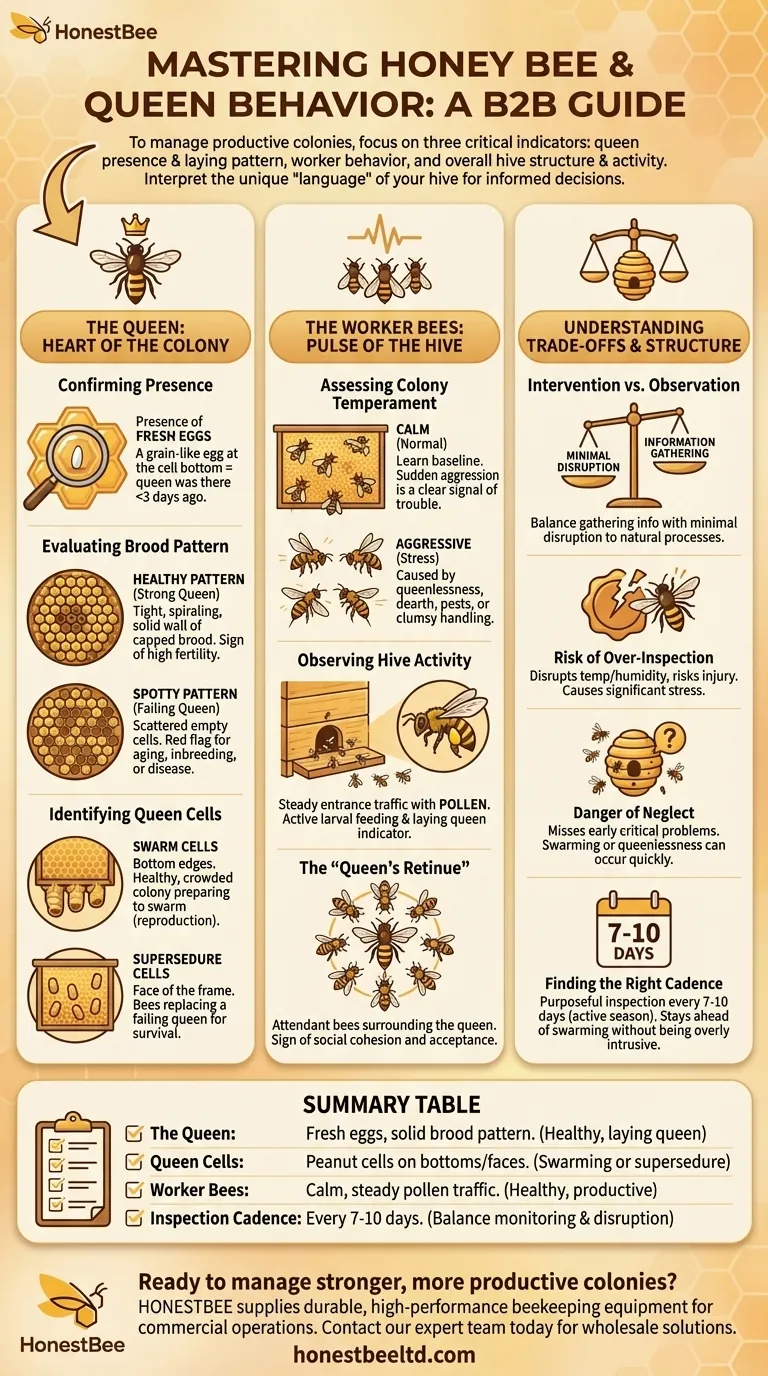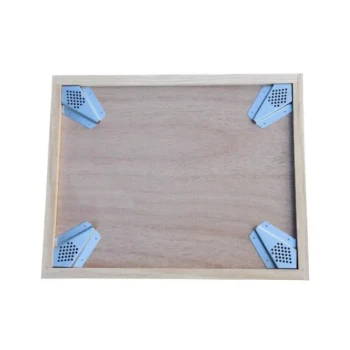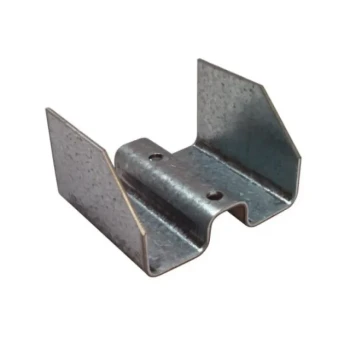To learn the behavior of honey bees and their queen, you must focus on three critical indicators: the queen's presence and laying pattern, the behavior of the worker bees, and the overall structure and activity of the hive. Because every colony is unique, understanding these signals is not about following a rigid checklist but about learning to interpret the specific "language" of your hive to make informed management decisions.
A honey bee colony can appear to be an overwhelming chaos of activity. The key is to stop looking at the whole and start reading specific patterns: the quality of the brood, the temperament of the workers, and the presence of queen cells. These patterns are the definitive indicators of a colony's health, stability, and future intentions.

The Queen: The Heart of the Colony
The queen is the single most important bee in the hive, responsible for laying all the eggs that will become the future workforce. Her health directly dictates the colony's potential for growth and survival.
Confirming the Queen's Presence
You do not need to physically see the queen during every inspection. While finding and observing her is reassuring, it can be time-consuming and disruptive.
The most reliable sign of a healthy, "laying" queen is the presence of fresh eggs. Look deep into the cells in the center of the brood nest. A tiny, rice-like grain standing upright at the bottom of a cell means the queen was there within the last three days.
Evaluating the Brood Pattern
The queen's performance is best judged by her brood pattern. In a healthy hive, you should see a dense, consolidated area of brood on the center frames.
A strong queen will lay eggs in a tight, spiraling pattern, resulting in a solid wall of capped brood with very few empty cells. This is a sign of high fertility and good genetics.
A "shotgun" or spotty brood pattern, with many empty cells scattered among capped brood, is a major red flag. It can indicate a failing, aging queen, inbreeding, or the presence of brood diseases.
Identifying Queen Cells
Worker bees will create special, peanut-shaped queen cells when they intend to create a new queen. The location of these cells tells you their motivation.
Swarm cells are typically found along the bottom edges of frames. Their presence indicates the colony is healthy, crowded, and preparing to swarm—their natural method of reproduction.
Supersedure cells are usually located on the face of a frame, in the middle of the brood area. This is a sign the bees have decided their current queen is failing and are proactively raising a replacement for their own survival.
The Worker Bees: The Pulse of the Hive
The collective behavior of the tens of thousands of worker bees provides an instant snapshot of the colony's mood and condition.
Assessing Colony Temperament
You will learn your hive's baseline temperament over time. A sudden shift from calm to unusually defensive or aggressive is a clear signal that something is wrong.
This change can be caused by queenlessness, a period of no nectar flow (a "dearth"), pest pressure from wasps or skunks, or clumsy handling by the beekeeper.
Observing Hive Activity
The hive entrance is a window into the colony's daily work. On a warm day, a strong hive will have a steady stream of bees flying in and out.
Look for bees returning with pollen on their hind legs. This is a primary indicator that they are actively feeding larvae and that the queen is laying. A lack of incoming pollen can be a sign of a broodless or struggling colony.
The "Queen's Retinue"
When you do spot the queen, observe the bees around her. A healthy, accepted queen will be surrounded by a circle of attendant worker bees who are constantly feeding and grooming her. This "queen's retinue" is a clear sign of social cohesion.
Understanding the Trade-offs: Intervention vs. Observation
Effective beekeeping is a balance. Your goal is to gather information with minimal disruption to the colony's natural processes.
The Risk of Over-Inspection
Every time you open a hive, you break the propolis seals, disrupt temperature and humidity regulation, and risk injuring bees, including the queen. Frequent inspections can set the colony back and cause significant stress.
The Danger of Neglect
On the other hand, failing to inspect regularly means you will miss the early signs of critical problems. A colony can go from healthy to queenless or decide to swarm in just a week or two. By the time the signs are obvious from the outside, it is often too late to intervene effectively.
Finding the Right Cadence
For most of the year, a purposeful inspection every 7 to 10 days is a good balance. This schedule allows you to stay ahead of the swarm impulse (a queen cell takes about 9 days from egg to capping) without being overly intrusive. In winter or during a nectar dearth, inspections should be far less frequent.
Making the Right Call for Your Colony
Your observations should always lead to a specific management decision. By learning to read these patterns, you can act with purpose and confidence.
- If your primary focus is confirming colony health: Prioritize finding fresh eggs and evaluating the brood pattern over physically finding the queen every time.
- If your primary focus is preventing swarms: Regularly check the bottoms of brood frames for swarm cells during the spring nectar flow.
- If your primary focus is diagnosing a problem: Conduct a methodical frame-by-frame inspection to look for a spotty brood pattern, signs of disease, or the complete absence of eggs and larvae.
Mastering these observational skills is the essential step from simply keeping bees to becoming a true and effective steward of your colonies.
Summary Table:
| Key Indicator | What to Look For | What It Means |
|---|---|---|
| The Queen | Fresh eggs in the brood nest; tight, solid brood pattern. | A healthy, laying queen is present. A spotty pattern indicates a problem. |
| Queen Cells | Peanut-shaped cells on frame bottoms (swarm) or faces (supersedure). | The colony is preparing to swarm or replace a failing queen. |
| Worker Bees | Calm temperament; steady traffic at the entrance with pollen on legs. | A healthy, productive colony. Aggression can signal stress or queenlessness. |
| Inspection Cadence | A purposeful inspection every 7-10 days during active seasons. | Balances monitoring for issues with minimizing hive disruption. |
Ready to apply these insights and manage stronger, more productive colonies? For commercial apiaries and distributors, having the right, reliable equipment is fundamental to success. HONESTBEE supplies the durable, high-performance beekeeping supplies and equipment you need to support your operations at scale. Let's discuss how our wholesale-focused solutions can help your business thrive. Contact our expert team today for a consultation.
Visual Guide

Related Products
- Beehive Entrance Discs Plastic Bee Entrance Disc for Bee Hives
- Electric Flatting and Embossing Machine with Tray for Beekeeping
- Retractable Chinese Queen Rearing Grafting Tools Equipment
- Professional Galvanized Hive Strap with Secure Locking Buckle for Beekeeping
- Stainless Steel Manual Honey Press with Guard for Pressing Honey and Wax
People Also Ask
- What does a fully closed setting on a round beehive entrance disc indicate? A Guide to Hive Security
- Where is the hive entrance typically located? Optimize Your Hive's Health and Honey Production
- What is required to be a beekeeper? Essential Equipment, Knowledge & Mindset
- Why is proper beekeeping equipment important? Essential for Safety and Hive Health
- What equipment do you need to make honey? A Complete Guide to Starting Your Apiary



















